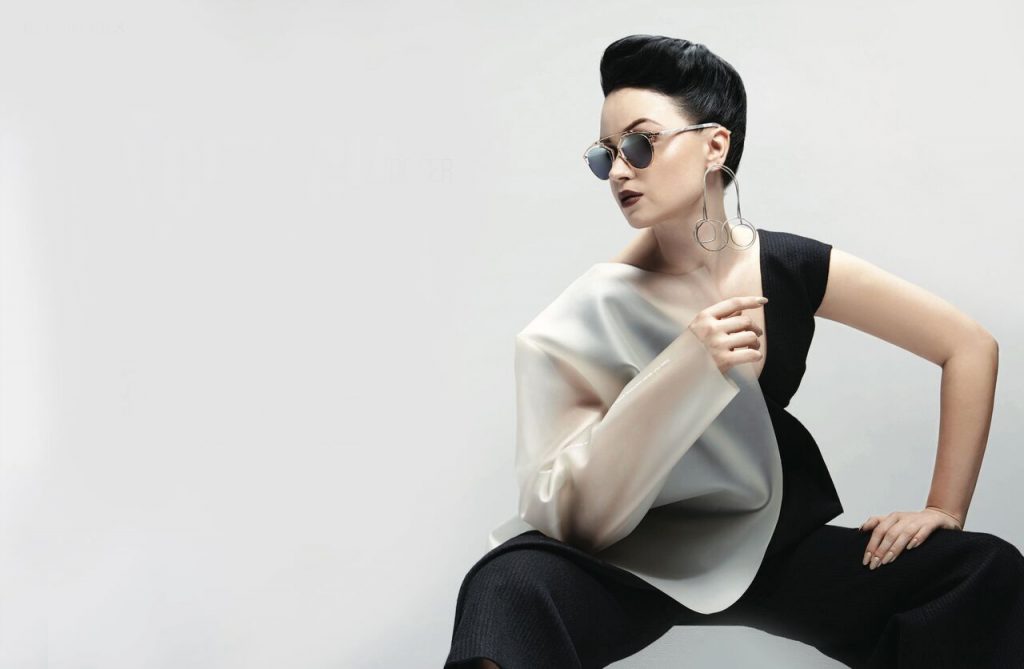Viktoria Modesta is a contemporary artist that totally changes people’s views on disability in the modern world. Having, since childhood, a long-lasting health problem, at the age of 18 she had a voluntary below-the-knee leg amputation to improve her mobility and safeguard her future health. She is the first artist that decided to use a limb as a part of an artistic concept and image, proving that things that were associated before only with a disability can look like pieces of art and modern design. Viktoria’s first experience of international fame came after she took part in the closing ceremony of the Paralympics in London. She played the Snow Queen in the ice show (live music for which was provided by the world-famous band, Coldplay). The next step was her video “Prototype”, which was produced by Channel 4 and was first shown on one of the most popular tv shows – X Factor.
“Prototype” was a huge hit. It immediately turned Viktoria into a real star and she became the first bionic pop artist in the world. Also, ‘Prototype’ created a large platform to promote the ideas of transhumanism – the movement that aims to improve the human condition via the use of available technologies to eliminate aging and to greatly enhance human intellectual, physical, and psychological capacities. With such a powerful background, Viktoria also developed a successful modeling career including campaigns for many top fashion brands. At the moment, she is working on a new conceptual album that will be presented to the world soon. In her packed schedule, Viktoria found time for an interview with all-andorra.com in which we touched upon topics such as humanism, futurism, future plans and even a possibility of performing in Andorra soon.
Interview: Dmitry Tolkunov
Photo: Catherine Harbour
You are mostly known to the public as a singer with an eccentric and futuristic image. But there is also another side of your activity – being an MIT Media Lab Fellow and promoter of transhumanism. Can you tell us more about this side of your life and how important it is compared to your musical career?
I think my image tends to be different depending on the scene and the country. Globally my work got known as I was the first ever “Bionic Pop Artist” with the “Prototype” campaign video and helped establish a very real sci-fi, post-disability identity in culture. I started out performing art and music and the introduction of tech and science into my work happened as a by-product of me electing to have a voluntary amputation for health reasons and working with prosthetics in a design heavy manner.
I have been fortunate to be selected as an MIT Media Lab Fellow which brought a whole new world to my disposal and forced me to evaluate how I relate to post-human ideas, biohacking etc. In the past 3 years, I have been working on many projects bringing science and tech with pop culture to performance and live events. That part of my work isn’t always public. Amongst talks and research, the biggest quest has been to use my unique position of how I came face to face with the artificial and create content that shines a light on a much more humanistic and romantic approach towards a technologically advanced future.

No comments:
Post a Comment